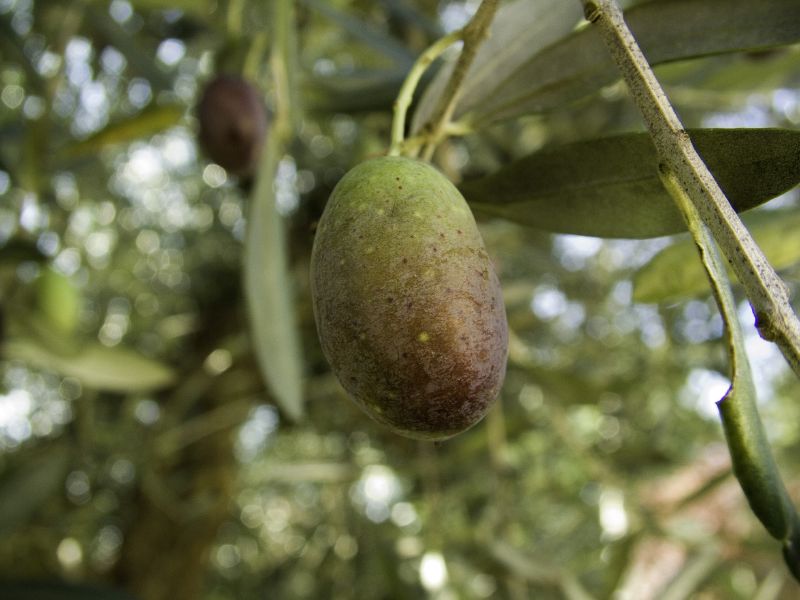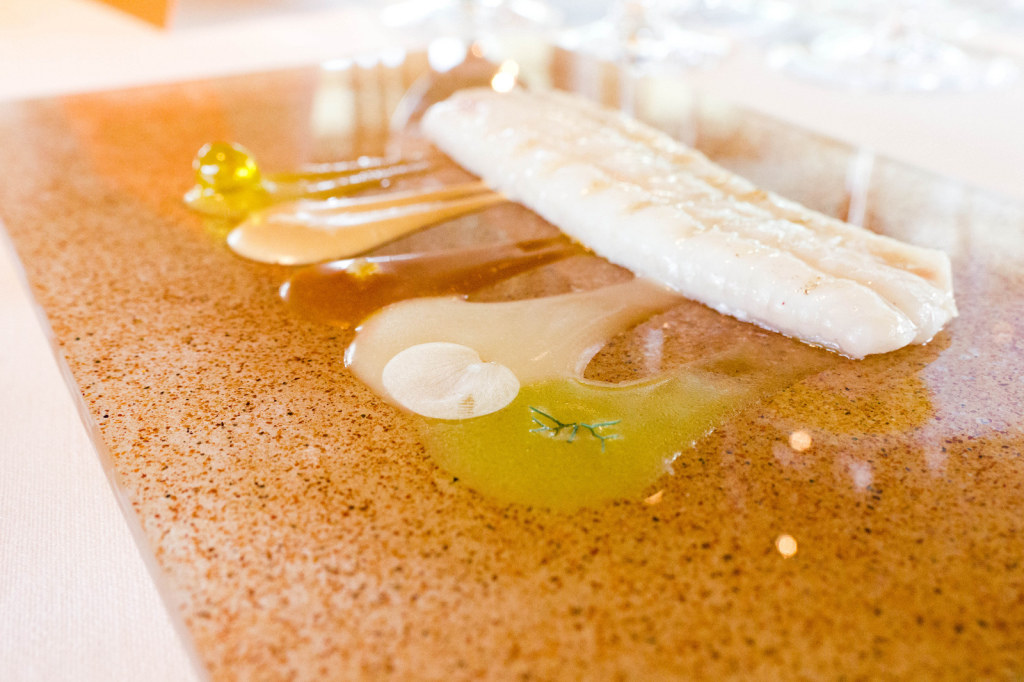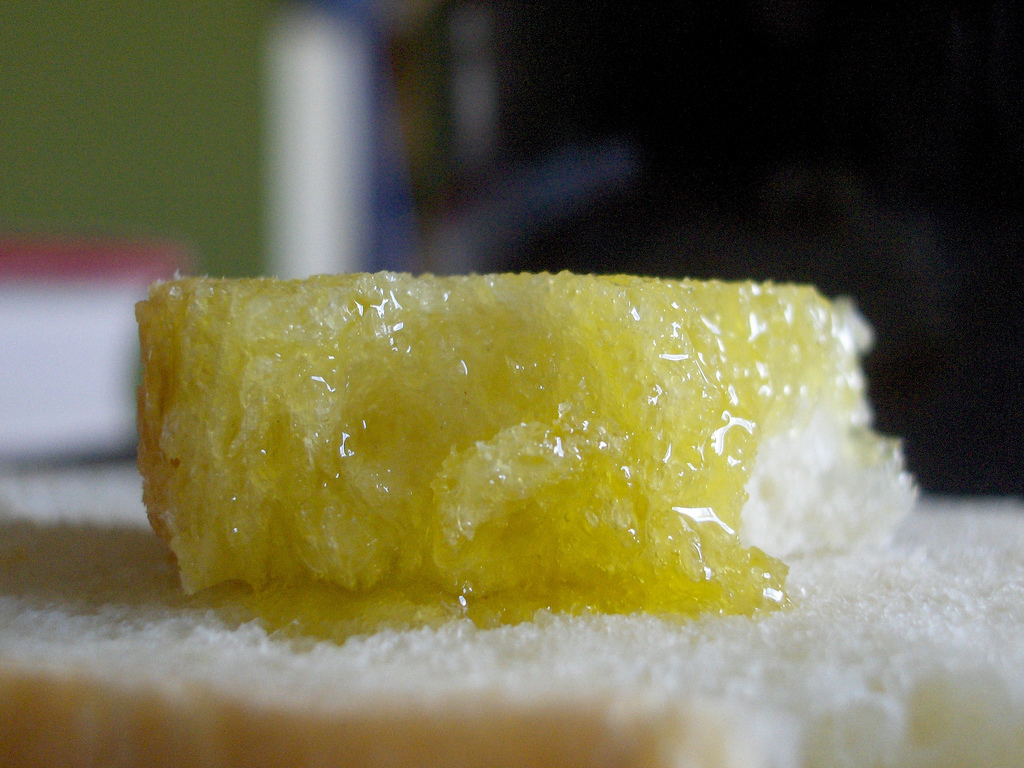 Extra-virgin olive oil of Friuli is a very appreciated product thanks to the lightness of its aroma combined with definite taste. An oil that is very appreciated by chefs of the whole world, who use it uncooked and for dressing dishes with fish, where it adds flavour without disturbing the final result.
Extra-virgin olive oil of Friuli is a very appreciated product thanks to the lightness of its aroma combined with definite taste. An oil that is very appreciated by chefs of the whole world, who use it uncooked and for dressing dishes with fish, where it adds flavour without disturbing the final result.
For consumers fond of refined and delicate condiments, that do not cover, but exalt every recipe, the oils coming from Friuli are considered as a ‘winning feature’. Winning, but not secret, because the oils coming from Friuli are present on the tables of the whole world, especially in Anglo-Saxon countries, where they are a symbol of delicacy of the Italian and Mediterranean way of seasoning.
A delicate gold
Oil is the liquid gold of Italian production, with a big number of excellences that are present in the whole country, from North to South, from East to West, from the hills to the sea. Italian oils, as well as wines, have the value of unbelievable differences and peculiarities according to the land where they are produced.
A lucky mix of land, climate, and race of the olive trees allows to produce an extra-virgin olive oil characterized by a very-low acidity, that does not exceed 0.3%. The delicacy of extra-virgin olive oil of Friuli immediately recalls both refinement and discretion of culture of Friuli, a noble crossroads between European East and West, as for flavours, too. A delicacy that is not at all a weakness, thanks to its fresh and not interfering fruity flavour, but above all because of an unexpected spiciness, that is extremely volatile and therefore does not persist for a long time. This is an organoleptic characteristic that chefs appreciate very much, because of its versatility that allows to use this oil for long cookings and even for preparing sweets. These oils are very sought-after for producing high quality preserves just because of these characteristics. Its mix, absolutely autochthonous and whose local place of origin is guaranteed, is mainly of the Bianchera-Belica variety, so called because it never becomes dark (in Italian, ‘bianco’ means ‘white’), even at full maturity. The delicacy of this oil enchants the most titled chefs as well as hygienists, who consider it as the better oil for weaning for babies.
This oil tells about oil production in North-Eastern Italy. This is a ‘close world’ as for preserving its agricultural traditions, but open when there is the opportunity of presenting its excellences, such as oil. In Friuli-Venezia Giulia it is possible to distinguish the oil produced in the hills (Sacile, Ragogna, Faedis, Corno di Rosazzo, San Floriano del Collio), mellower and yellow-green, from the one that is produced in the municipality of Trieste (from Duino-Aurisina to San Dorligo), green-yellow, and, above all, characterized by a spiciest flavour with a bitterish nuance. These peculiar characteristics are protected by the DOP trademark ‘Olio di oliva Tergeste’ (Tergeste Olive Oil). Just thanks to the international appreciation for the oils coming from Friuli, and especially from Trieste, the local producers are in the front line in ‘Città dell’Olio’ (City of Oil), a movement that promotes the best and traditional oil excellences. San Dorligo della Valle-Občina Dolina has been the first municipality in the land of Trieste that became partner of ‘Città dell’Olio’. It was followed by Trieste with its municipality, province, and Chamber of Commerce. It is unusual that the smallest province of Italy involved no less than 4 institution in this project. It is unusual, but not surprising, given the quality of this oil.
The elegance of culture of Friuli emerges from the labels of oils, all marked by largeness of characters, dark colours that remind the murky colours of agricultural lands in this region, where it often rains. Elegance characterizes the gift wrappings, too, where wood is the main element. Dark glass is obligatory for preserving such a delicate product, for ml. 250 bottles, for the most demanding consumers, up to litres 2 ones, for people fond of oil.


